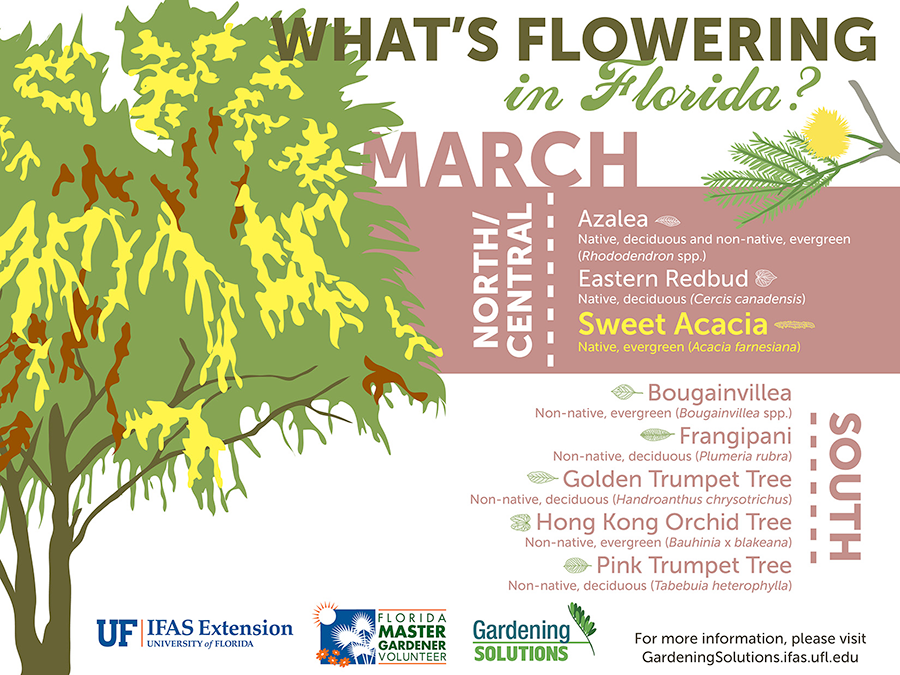Identifying The Need For Tree Removal: A Guide For Homeowners
Identifying The Need For Tree Removal: A Guide For Homeowners
Blog Article
Article By-Hermansen Lu
Trees include charm and value to home, yet they can additionally present a risk during extreme weather events. If a tree has stopped expanding, is displaying visible fungal development, or has a leaning trunk, it must be gotten rid of by a specialist to prevent building damages and injury.
To learn more, participate in a homeowner source fair co-hosted by HPD, the Center for NYC Neighborhoods, and Brooklyn-based housing companions this evening in Bedford-Stuyvesant. The occasion will certainly feature the Home owner Manual, a brand-new guide to assist property owners browse the obligations of having a home.
1. Dead or Perishing Branches
Trees are an essential part of your home's landscape, supplying shade and appeal. They additionally provide shelter for wildlife and create oxygen, however also healthy and balanced trees can experience illness that may demand their elimination. Dead or dying trees aren't just unsightly, they can be harmful. Their branches can drop during a storm, resulting in expensive property damages and injuries.
When a tree's branches begin to die, it means that its framework is beginning to break down. If the majority of its branches are dead, it is most likely time to remove it.
Seek a lack of brand-new growth, bark peeling, open wounds or dental caries, fungi growing on the trunk or roots and a general appearance of decay in the entire cover. These indicators of infection can indicate a severe trouble that will need professional tree solutions to deal with.
2. Leaning Trunk
While it's typical for trees to lean once in a while as a result of phototropism, if a tree has a harmful or serious lean that's not as a result of natural processes - it could be an indication that the tree requires to be eliminated. If the tree is favoring a power line, home, vehicle, play framework or any other location that could be hazardous to people if it falls, then calling an expert tree solution for elimination need to be a leading priority.
https://epsom-salt-uses-tree-stum17395.blog-kids.com/29522452/picking-in-between-do-it-yourself-and-hiring-a-professional-for-tree-removal 's also important to watch for any sudden changes in a tree's leaning as it can indicate damages to the roots or trunk that may lead to dropping. This is specifically real during stormy weather, given that high winds and rain-soaked soil can trigger a lean to alter promptly. Routine tracking, specifically during and after storms can help homeowners recognize potential problems with their trees so they can call an arborist for an extensive evaluation.
3. Bug Infestation
Some pest invasions, such as wood-boring insects like emerald ash borer or sap-suckers like range insects, are so serious that they can cause a tree to pass away. websites to stop pest invasion is to monitor your trees often. Look for spots, openings, or discolorations in the fallen leaves and bark. Check out the trunk for splits and indications of insect damages, such as passages or tracks.
If maintenance jobs auckland ends up being also ravaged with parasites, or is close to a home or high-voltage line, an arborist may advise removal. If maintance leaning tree develops a brand-new, unpredictable lean, an arborist will likely recommend elimination as well to make certain the security of individuals and residential or commercial property. If a damaged or dead tree consistently drops extreme branches, it is an indicator that it is time to eliminate the tree. If a tree continues to lose branches for an extended period of time, it can bring about structural troubles and potential residential property damage.
4. Harmed Trunk
Trees are a gorgeous and important part of our landscape, yet they do need normal like maintain them healthy and safe. If a tree is damaged irreparable it is likely time for it to find down.
Try to find indications of damages to the trunk, including upright splits, seams, dead branch stubs, visible injuries or open cavities and serious tree-rot. The presence of fungis at the base of the trunk is an additional advising sign. Fungi might show that the phloem and xylem (life-support tissues) are endangered, enabling the spread of condition or a future failing.
Likewise, think about whether the tree has stopped expanding. Healthy trees will certainly have new development every year, which might be visible as buds or branches sprouting and expanding. If you do not see any brand-new growth, it's an excellent idea to have an arborist assess the tree and follow their recommendation for removal. A passing away or damaged tree can fall and trigger building damage.